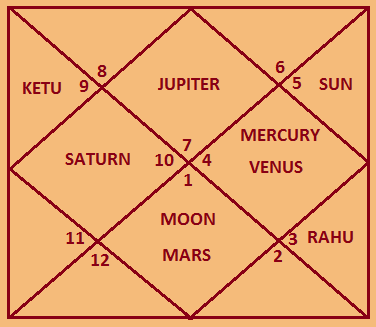Vikrami Samvat Year



Vikrami Samvat Year in Indian Calendar
By: - Dr.A.S.Kalra Astrologer
The Vikram Samvat (also known as Vikrami Samvat) is a traditional calendar system used in India. It is named after King Vikramaditya of Ujjain, who is believed to have started this calendar. The Vikram Samvat year is a lunar-based calendar and is widely used in certain regions of India, particularly in Gujarat, Rajasthan, and some parts of Maharashtra.
The Vikram Samvat calendar begins in the month of Chaitra (usually in March or April) and consists of 12 lunar months. The months in the Vikram Samvat calendar are:
(1) Chaitra
(2) Vaishakha
(3) Jyeshtha
(4) Ashadha
(5) Shravana
(6) Bhadrapada
(7) Ashwin
(8) Kartika
(9) Margashirsha
(10)Pausha
(11) Magha
(12) Phalguna
The Vikram Samvat calendar follows a lunisolar system, which means that it takes into account both the lunar cycles and the solar year. The lunar months are based on the cycles of the Moon, while the adjustment of extra days or intercalary months is made periodically to align the lunar calendar with the solar year.
The Vikram Samvat year is often denoted with the abbreviation "V.S." or "Vik" followed by the corresponding year number. For example, if a date is mentioned as "V.S. 2079," it indicates the year 2079 in the Vikram Samvat calendar.
It's important to note that the Vikram Samvat calendar is just one of several regional calendars used in India, and other calendars, such as the Gregorian calendar, are also widely recognized and used in various contexts.
Vikrami Samvat in Indian Calendar: -
Vikrami Samvat Year = English Year + 57* This year was started by King Vikramaditya.
